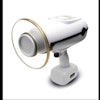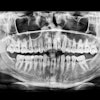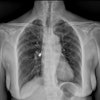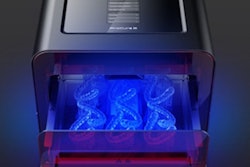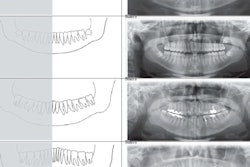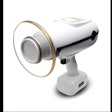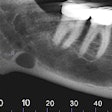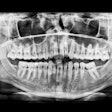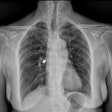Dear DrBicuspid Member,
Patients who grind their teeth may be significantly more likely to show bone apposition on panoramic dental x-rays. Our top story of the week explored why this phenomenon could be another possible way to diagnose bruxism.
In the new study, researchers examined 200 panoramic x-rays from patients of different ages. Almost two-thirds of adults with bruxism had bilateral bony changes on imaging, which may be interpreted as an adaptation to the long-term increased loads that occur during bruxism.
Warnings against overprescribing opioids, physical restraints
We highlighted two studies this week that flagged practices dental teams might want to think twice about: overprescribing opioids after common dental procedures and using physical restraints for kids.
First, survey results published in the Journal of the American Dental Association concluded that dentists continue to overprescribe opioids despite being aware of the effectiveness of nonopioid analgesics. While the vast majority of survey respondents knew that a combination of acetaminophen and nonsteroidal anti-inflammatory drugs (NSAIDs) is as effective as opioids, 43% of respondents still regularly prescribed opioid medications.
What's more, half of opioid prescribers reported that they write prescriptions that could be expected to yield leftover pills. The most common reason for this practice? To deter phone calls from patients.
In the second study, researchers conducted in-depth interviews with six parents and caregivers of children who were restrained with papoose boards for nonemergency dental treatment. Based on its conversations, the team urged caution when using physical restraints for pediatric dental patients, noting that such restraints should be reserved for exceptional circumstances.
Dental visits drop after hospital stay
Patients appear less likely to visit the dentist after a hospital stay, according to an analysis of insurance claims data published in the Journal of the American Dental Association. Patients visited the dentist an average of 1.9 times in the year before a hospital stay, but only 1.6 times in the year afterwards -- a net loss of about 35,000 patients.
The decline in patients happened despite a variety of reasons for hospitalization, including appendicitis, obesity, depression, and leiomyoma of the uterus. After their hospital stay, patients also received fewer coded dental procedures and underwent a lower number of periodontic, endodontic, oral surgery, and prosthodontic services.
Tooth extraction leads to vision loss
I couldn't end this newsletter without featuring at least one notable patient case. This time, it's a case report of a 54-year-old woman who lost vision in one eye after developing orbital cellulitis secondary to a tooth extraction. Lab results showed Staphylococcus aureus caused the bacterial infection.
